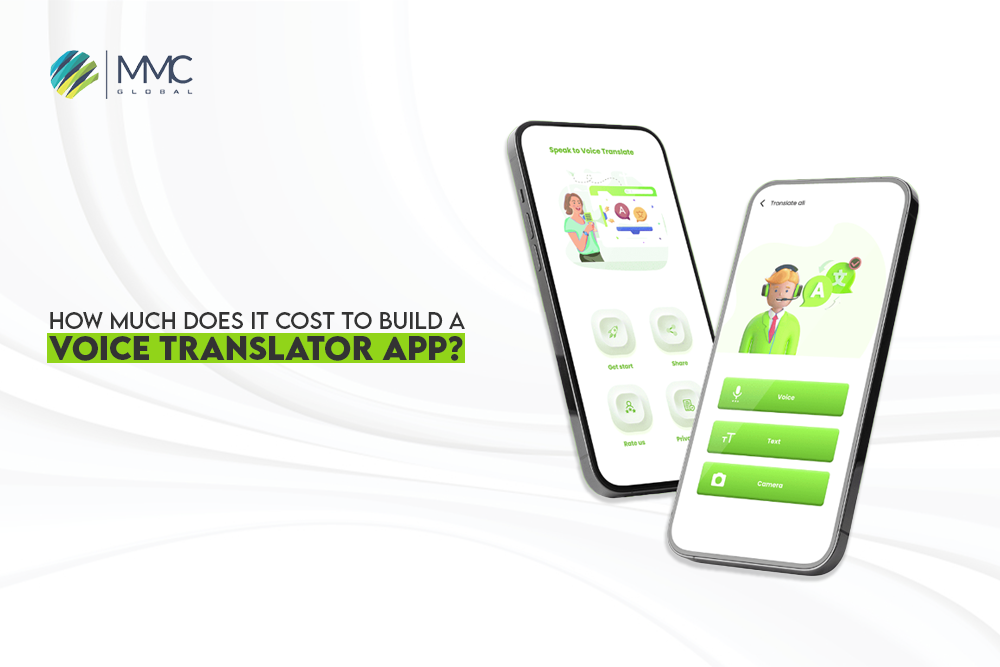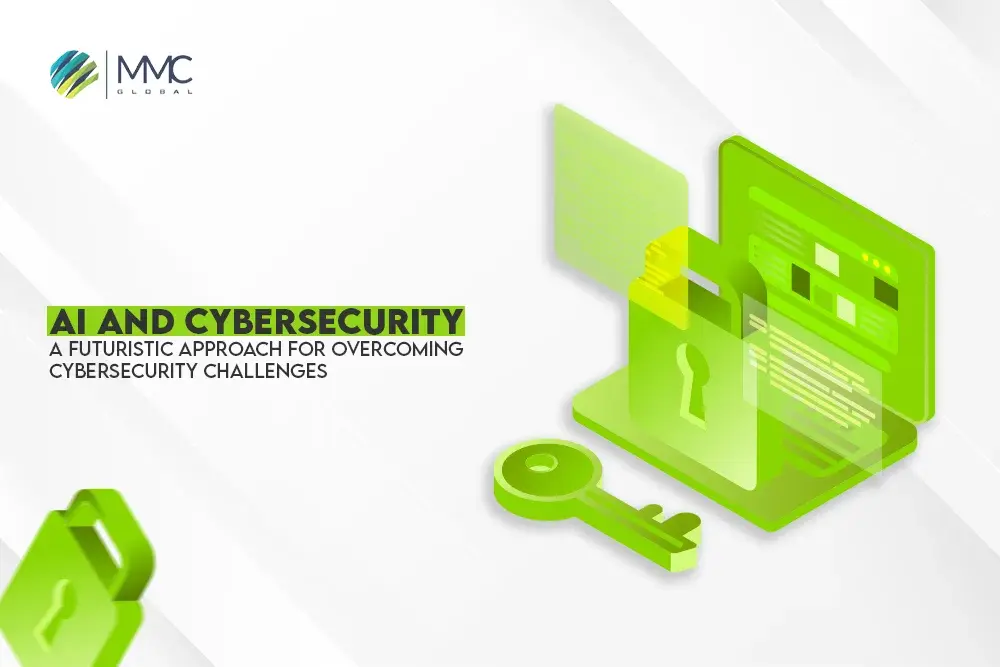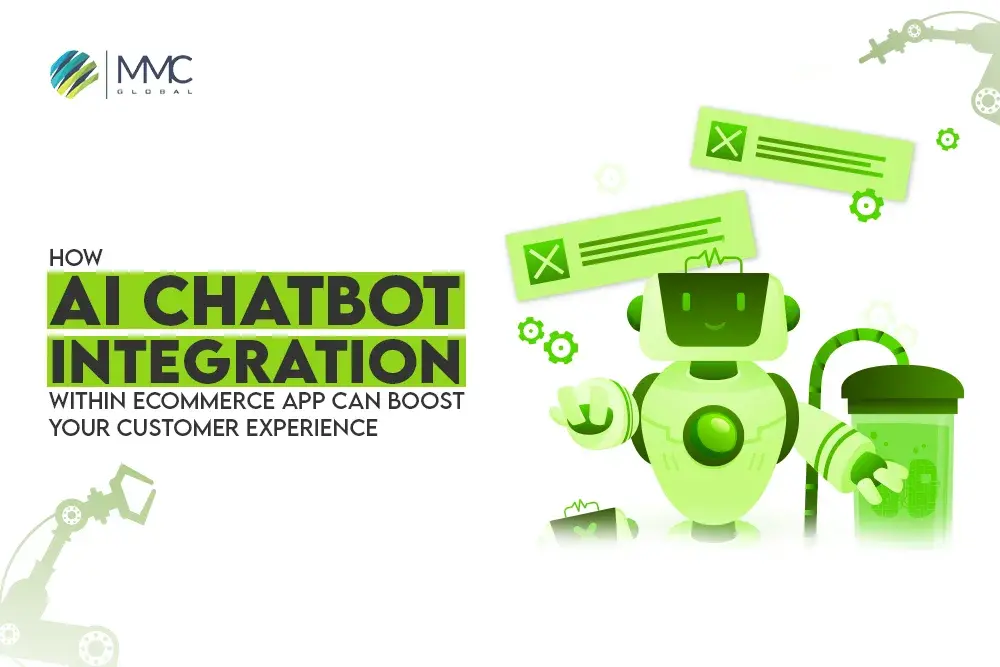If you know the remedy to build the best AI chatbot, you will surely rule across diverse industries. AI chatbots are needed by companies that want to deliver exceptional customer experience via the best customer support services. Chatbots are the best Artificial Intelligence and Machine Learning tools everyone desires, whether businesses operate online or offline.
Chatbots streamline sales and marketing funnel by providing real-time product awareness. It contributes to the first and last steps of the funnel when businesses spread their product awareness in the market to the conversion.
However, integrating AI chatbot solutions into your business is a great idea. Almost every industry is moving forward to be parallel with cutting-edge technologies like AI and ML. Introducing an AI chatbot will help you generate leads, engage customers, make informed decisions, and turn prospects into conversions.
However, if you wonder where to start and how to get the best AI chatbot to elevate the customer experience, this blog is for you! We will cover how to build the best AI chatbot for your business and which platform you can integrate it on.
What Is Chatbot?
If you are a beginner, the question “What is a Chatbot?” must revolve around your mind. A chatbot is a conversational software that generates automated responses based on pre-trained algorithms. It deals with human languages and also delivers a human-like conversational experience by understanding, thinking, and communicating like a human.
It can be built with complex code and different top-notch technologies including AI, ML, as well as other subsets of AIs. However, AI development companies are smart enough to launch no-code AI chatbot development services so that a non-techie person can also leverage the power of AI.
A no-code AI chatbot development solution is highly recognizable due to its easy-to-integrate features over different marketing channels, including websites, Instagram, Facebook, Messenger, Telegram, WhatsApp, etc. On the other hand, developing the best AI chatbot from scratch is another level of proficiency that gives you scalability in the long term.
You can find an expert AI development team at MMC Global to build your Chatbot with the utmost customization. Once you finish the best AI chatbot development, you can integrate it with multiple platforms. We also help you make an AI chatbot builder platform so that you can sell white-label chatbot platforms or chatbot integration in the B2B marketplace. No doubt, Chatbot opens many lucrative opportunities for techie and non-techie services.
Modernistic Approach To Building AI Chatbot
There are various modern approaches to building AI chatbots, such as ChatGPT-based, voice-based, rule-based, etc. Several other modernistic approaches to building AI chatbots include:
Rule-based Chatbots:
- Use predefined rules and scripts.
- It is ideal for simple, specific tasks like FAQs or customer support.
Retrieval-based Chatbots:
- Utilize predefined responses.
- Employ machine learning techniques to select the most appropriate response from possible responses.
Generative-based Chatbots:
- Generate responses on the fly using deep learning models.
- Include models like OpenAI’s GPT series, Google’s BERT, and Transformer-based models.
Hybrid Chatbots:
- Combine rule-based and AI-based methods.
- Use AI to handle complex queries while rule-based systems manage simple, repetitive tasks.
Voice-based Chatbots:
- Integrate speech recognition and synthesis.
- Examples include Google Assistant, Siri, and Amazon Alexa.
Context-aware Chatbots:
- Maintain context over multiple interactions.
- Use context management systems to understand user intent over a conversation.
Multi-modal Chatbots:
- Handle inputs and outputs across multiple modalities (text, voice, images).
- Enhance user interaction by understanding and generating responses in different formats.
Emotionally Intelligent Chatbots:
- Detect and respond to user emotions.
- Use sentiment analysis as well as affective computing to create empathetic interactions.
Conversational AI Platforms:
- Provide end-to-end solutions for building, deploying, and managing chatbots.
- Microsoft Bot Framework, IBM Watson Assistant, and Google Dialog Flow are examples.
AI-driven Customer Service Platforms:
- Integrate chatbots into broader customer service solutions.
- Use AI to assist human agents or handle queries autonomously.
Domain-specific Chatbots:
- Tailored for specific industries or applications (e.g., healthcare, finance, education).
- Specialized knowledge and responses relevant to the domain.
Open-source Chatbot Frameworks:
- Provide customizable and extendable chatbot development kits.
- Examples include Rasa, Botpress, and ChatterBot.
Social Media Chatbots:
- Designed to operate within social media platforms.
- For Example, Facebook Messenger bots and Twitter bots.
E-commerce Chatbots:
- Assist with shopping, product recommendations, and customer support.
- Integrate with e-commerce platforms like Shopify or Magento.
However, each approach has its strengths and is suitable for different types of applications. It also depends on the complexity of tasks, the need for personalization, and the interaction channels.
Get More Info: 8 Chatbot Types That Can Grow Your Business
How To Build The Best AI Chatbot
Building the best AI chatbot involves a meticulous process encompassing a blend of technology, user experience design, and iterative improvement. Moreover, the journey starts with clearly understanding the Chatbot’s purpose and target audience. Defining the Chatbot’s goals is crucial, as it shapes the direction of development and influences key decisions throughout the process. For instance, a customer service chatbot will have different requirements compared to a chatbot designed for social interaction.
Market Assessment & Research
The initial phase involves conducting thorough research to understand the needs and expectations of the end-users. This can include surveys, interviews, and analyzing existing solutions in the market. Armed with this knowledge, the next step is to define the Chatbot’s functionality. In fact, this includes outlining the primary tasks it needs to perform, the types of queries it should handle, and the desired user experience. At this stage, creating user personas can be incredibly useful for visualizing different user types and their interactions with the Chatbot.
Selecting The Right Tech Stack
Once the goals and functionality are defined, the focus shifts to choosing the right technology stack. This involves selecting the appropriate natural language processing (NLP) framework, such as Google’s Dialogflow, Microsoft’s Bot Framework, or open-source libraries like Rasa. These platforms offer tools to interpret user input and generate appropriate responses, which are the core capabilities of any AI chatbot. Additionally, integrating machine learning models can enhance the Chatbot’s ability to understand and respond to complex queries.
Design The Conversation Flow
With the technology stack in place, the next step is to design the conversation flow. This involves mapping how users interact with the Chatbot, including greeting messages, response options, and fallback mechanisms for handling unrecognized queries. A well-designed conversation flow ensures that users receive coherent and contextually relevant responses, enhancing their overall experience. However, flowchart software or specialized bot design tools can aid in visualizing and planning these interactions.
Set Up Development Environment
Development begins by setting up the development environment and integrating the chosen NLP framework. Initial versions of the Chatbot should focus on core functionalities, allowing the development team to iterate quickly and incorporate user feedback. Implementing basic dialogue handling and training the initial machine learning models are critical steps during this phase. It’s essential to continuously test the Chatbot with real users to gather data and refine its performance.
Selecting Training Model
Training the Chatbot involves curating a dataset of standard queries and responses relevant to the Chatbot’s purpose. This dataset trains the NLP models, allowing the Chatbot to understand and generate human-like responses. Moreover, the quality and diversity of this dataset are crucial, as they directly impact the Chatbot’s accuracy and ability to handle varied user inputs. Incorporating feedback loops where the Chatbot learns from interactions can enhance its learning capabilities.
Chatbot Deployment
Once the Chatbot has been trained and tested, it’s time for deployment. This involves setting up the necessary infrastructure to host the Chatbot and making it accessible through the intended channels, such as websites, messaging apps, or mobile applications. Monitoring the Chatbot’s performance post-deployment is essential to ensure it operates smoothly and meets user expectations. Moreover, Analytics tools can provide insights into user interactions, helping identify areas for improvement.
Maintenance & Development
Continuous improvement is critical to maintaining and enhancing the Chatbot’s effectiveness post-deployment. Moreover, regular updates based on user feedback and emerging trends in AI and NLP can keep the Chatbot relevant and efficient. Implementing features like sentiment analysis can help the Chatbot understand the user’s emotional tone, allowing for more empathetic interactions. Moreover, integrating with other systems, such as customer relationship management (CRM) software, can provide more personalized and context-aware responses.
Get more info: How much does it cost to build an AI Chatbot in UAE?
Build The Best AI Chatbot With MMC Global
MMC Global is the leading AI development company that caters to diverse AI solutions, including Chatbots. We specialize in building industry-specific chatbots with the latest techniques and technology. Furthermore, our AI chatbot development strategy always aligns with the organizational objective and customer needs. With the help of NLP, deep learning, machine learning, and other AI-powered technologies, our team builds the best AI chatbot that meets your expectations.
Ending Note
The best AI chatbot requires a step-by-step approach to development with the help of a professional chatbot development team. Whether you need a chatbot for a website, social media platforms, or any other digital marketing channel, you can integrate automated support services to boost your customer experience.
However, the Chatbot helps you be available 24/7 for your customers, offer real-time responses, solve queries, and much more. Let’s build your custom chatbot and boost your business’s performance.



